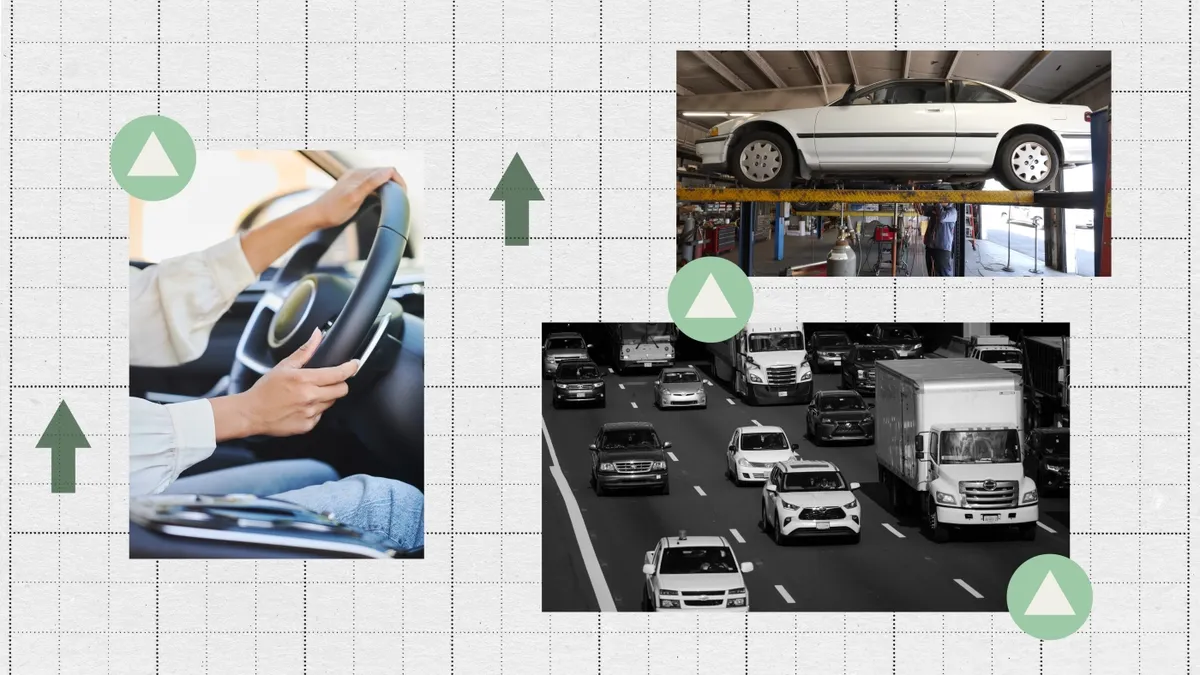
NPR’s enlightening series, Cost of Living: The Price We Pay, delves into the various factors contributing to rising prices and how individuals and families are adapting after enduring years of persistent inflation. One pressing question arises: how are higher prices, particularly in car insurance, altering the way we live? If you have a personal story to share about your experiences with rising insurance costs, consider filling out NPR’s form to contribute.
Since February 2020, the average car insurance premiums have surged by an astonishing 55%, as reported by the Bureau of Labor Statistics. Notably, almost all of this increase occurred between 2022 and 2024. This sharp rise in costs can be attributed to several factors, including the increasing prices of cars, parts, and repairs, as well as escalating medical bills following auto accidents.
Modern vehicles are now equipped with advanced electronics, which significantly raises the costs associated with even minor repairs. Additionally, the pandemic led to emptier streets, encouraging speeding and resulting in more severe and costly accidents. All of these factors contribute to increased expenses for insurers.
In Washington state, Patty Kuderer, the insurance commissioner, oversees the approval process for insurance companies seeking to raise premiums. She emphasizes that the claims paid out significantly drive the cost of premiums. When insurers present evidence of higher payouts, as they have in recent years, Kuderer is legally obligated to approve those increases. However, there may be a silver lining on the horizon.
According to Bob Passmore, a vice president at the American Property Casualty Insurance Association, the industry is beginning to stabilize. He notes that insurers are catching up on premiums and are now competing for business, which may lead to reduced costs. Nevertheless, it’s important to be aware that there’s typically a six to twelve-month lag between when insurers feel the impact of rising costs and when these costs are passed on to consumers.
In response to soaring costs, consumers are increasingly shopping around for better rates. Data from LexisNexis indicates that drivers are exploring different insurance policies at the highest rate since 2020. Unfortunately, many are also feeling the financial strain. A recent survey by LendingTree revealed that over 58% of drivers view their car insurance as a financial burden, prompting many to cut back on other expenses to afford their premiums.
More than a third of respondents admitted to avoiding filing claims to keep their premiums low, and some have even resorted to driving without insurance—a risky choice, as it is illegal in all states except New Hampshire. Between 2018 and 2023, the percentage of uninsured drivers rose from 12.4% to 15.4%, according to the Insurance Research Council.
Take, for example, Zoe, a pastry chef from Pennsylvania. She fully understands the importance of having car insurance. After being involved in an accident while having only the minimum coverage, she found herself in a dire financial situation. Unable to replace her undriveable vehicle due to lack of sufficient insurance coverage, Zoe’s savings were depleted. When she eventually replaced her car, she opted for full coverage insurance at $230 a month. However, with her rent increasing by $400, she struggled to keep up with her expenses.
For a period, she was unable to afford her insurance payments, forcing her to drive uninsured. "I fully didn’t pay my car insurance bill for about four weeks just because I couldn’t afford it," Zoe recalls. The mounting costs of living, including rising prices for food and utilities, made it difficult for her to prioritize insurance. Despite the risks of driving without coverage, she was acutely aware of the need to make ends meet.
Experts recommend that drivers carefully assess insurance costs before purchasing new vehicles to avoid unpleasant surprises. Brandy Levene from Yakima, Washington, experienced this firsthand after upgrading to a 2018 Acura RDX, which resulted in a shocking insurance quote of $500 a month. To manage costs, she cut back on leisure activities and eventually switched providers, lowering her premium to $190 a month, still a substantial expense.
Shannon Martin, an insurance expert at Bankrate, warns that rising repair costs may leave many drivers under-insured, meaning their policies might not adequately cover expenses in the event of an accident. She advises that it may be prudent for consumers to consider raising their coverage limits to ensure they are adequately protected.
As families navigate these financial challenges, some are reconsidering when to allow their teenage children to begin driving. Levene recently faced the prospect of adding her son to her policy, only to discover it would cost $350 a month. This led her to question whether she could afford to give him independence through driving, even as he expressed a desire to explore beyond their hometown.
The increase in car insurance premiums is not just a matter of numbers; it directly impacts the daily lives of consumers. As families like Zoe's and Brandy's illustrate, decisions surrounding vehicle ownership and insurance are becoming increasingly complex in the face of rising costs. Understanding these dynamics is crucial as individuals seek ways to navigate the financial landscape shaped by inflation and escalating insurance rates.